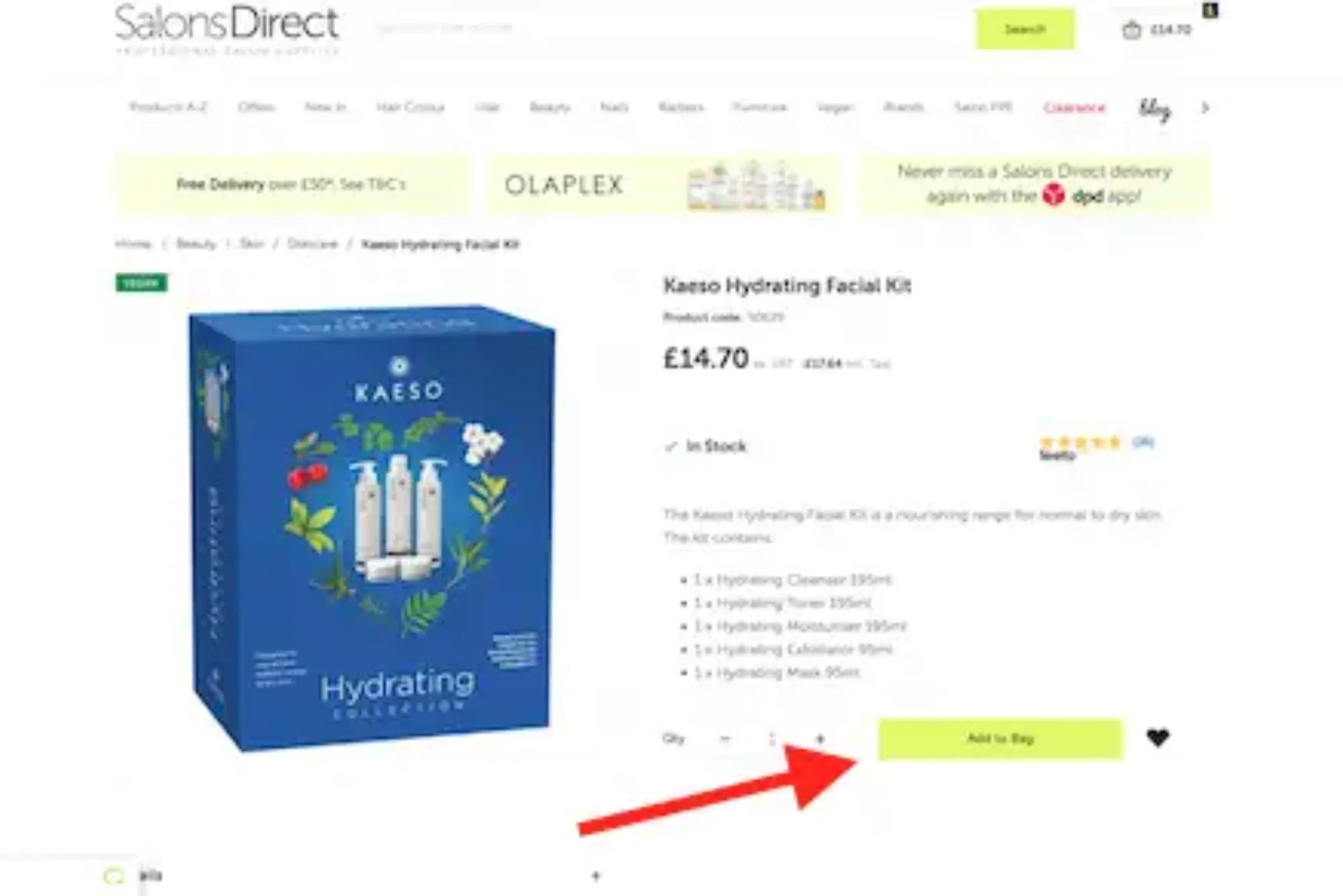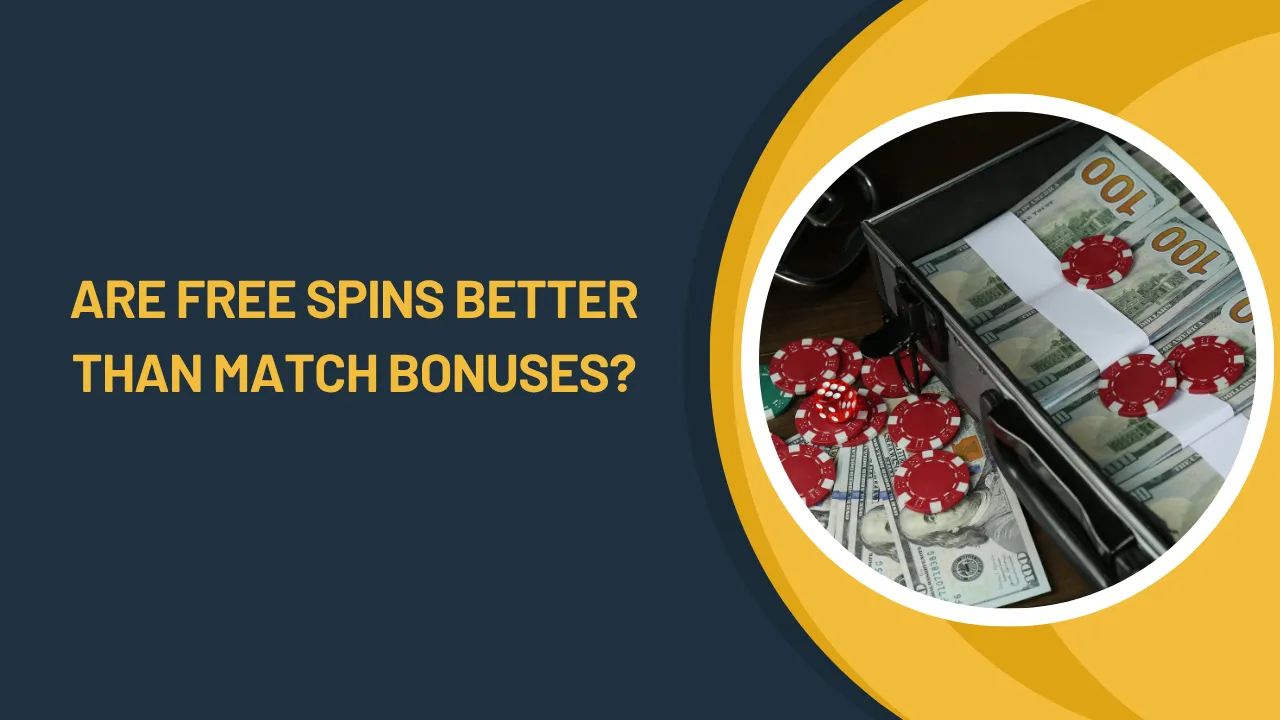If you’ve ever played slot machines—whether in a land-based casino or online—you’ve probably noticed that not all games feel the same. Some slots deliver small wins frequently, while others seem to go long stretches without paying before suddenly awarding a huge jackpot. This difference isn’t just luck; it’s a feature called slot volatility.
Understanding volatility is crucial for players who want to manage their bankrolls and set realistic expectations. It’s also one of the least understood concepts in online gambling, with many newcomers thinking all slots behave the same way. In reality, volatility plays a huge role in shaping both your chances of winning and the kind of experience you’ll have.
What Exactly Is Slot Volatility?
Slot volatility, sometimes called variance, measures the risk level of a slot machine. In simple terms, it describes how often a game pays out and the size of those payouts.
Low-volatility slots typically award frequent but smaller wins. These games are often better suited for players who prefer longer, more relaxed sessions with less risk of burning through their bankroll. High-volatility slots, on the other hand, pay out less frequently but can deliver massive wins when they do. They’re riskier but appeal to thrill-seekers who enjoy chasing jackpots.
In my own experience, I’ve noticed that low-volatility slots can feel more rewarding in the short term because you see wins stacking up, even if they’re small. High-volatility games, by contrast, require patience and a willingness to ride out dry spells in hopes of landing that one big payout.
How Volatility Shapes Player Strategy
Once you understand volatility, you can adjust your playing style accordingly. For example, casual players who just want entertainment for an hour or two might lean toward low-volatility slots. The consistent wins keep the session fun without dramatic bankroll swings.
Meanwhile, more experienced players with larger bankrolls might deliberately choose high-volatility games, knowing they’ll endure losing streaks but potentially walk away with a life-changing win. This choice isn’t about one being “better” than the other—it’s about matching the game to your budget and personality.
Volatility also affects how bonuses are played. If you claim a welcome bonus with a strict wagering requirement, low-volatility slots may help you clear the requirement steadily. But if you’re chasing a big win with bonus funds, a high-volatility slot could offer the payoff you’re hoping for. Many newer platforms, such as uk crypto casino sites, highlight volatility levels directly in their slot libraries, helping players make informed choices before they spin.
The Relationship Between Volatility and RTP
A common misconception is that volatility and RTP (Return to Player) are the same thing. They’re not. RTP measures the long-term payout percentage of a game, while volatility measures the distribution of those payouts.
For example, two slots might both have a 96% RTP, but one could be low-volatility and the other high-volatility. Over time, both games will theoretically return the same percentage to players, but the path to that outcome will feel very different. The low-volatility slot might deliver frequent £10 wins, while the high-volatility slot might give nothing for 20 spins and then drop a £500 prize.
This distinction is vital for setting realistic expectations. Knowing both the RTP and volatility of a slot gives you a clearer idea of how your session might play out.
Real-World Examples of Volatility in Action
To put this into perspective, think about some of the most popular slots on the market. A game like Starburst is often categorized as low volatility. It provides frequent wins that keep the action going, making it popular among beginners and casual players. On the other end of the spectrum, games like Dead or Alive II are known for their punishing high volatility but offer enormous potential payouts, especially in bonus rounds.
When I tested both types side by side, the differences were clear. On Starburst, I could play for much longer without dipping heavily into my bankroll, though my winnings never spiked dramatically. On Dead or Alive II, I went through long stretches of nothing but finally hit a feature that returned over 200 times my stake—a rush that explains why high-volatility games remain so popular despite the risk.
Why Volatility Matters for Bankroll Management
Bankroll management is one of the most overlooked aspects of gambling, yet volatility makes it absolutely essential. If you’re playing high-volatility slots, you need a bigger bankroll to withstand the losing streaks. Betting too aggressively on these games can wipe out your funds before you ever see a big win.
On low-volatility slots, your bankroll stretches further because the frequent small wins keep you playing. This makes them ideal for cautious players or those on a budget. By understanding volatility, you can plan your bets, session length, and overall risk tolerance more effectively.
The Future of Volatility in Online Casinos
As online casinos continue to evolve, volatility is becoming more transparent. Developers now often include volatility ratings directly in the game description, helping players make informed decisions. Some platforms even allow filtering games by volatility, making it easier to choose slots that match your goals.
With innovations like streaming slots and real-time player data, I expect volatility to become an even more central feature in marketing and gameplay strategies. Players today are more informed than ever and demand transparency about the risks and rewards involved.
Final Thoughts
Slot volatility is one of the most important factors influencing your chances of winning, yet it’s often misunderstood by newcomers. It doesn’t determine whether a slot is “good” or “bad”—it determines how the game pays out, shaping your entire experience.
For steady entertainment and longer play sessions, low-volatility slots are the way to go. For thrill-seekers chasing big jackpots, high-volatility slots provide the excitement, albeit with more risk.
Ultimately, understanding volatility helps you pick games that fit your budget, expectations, and playing style. When you align your choices with your goals, you give yourself the best chance to enjoy the experience—whether that means smaller, steady wins or the thrill of a rare but massive payout.









